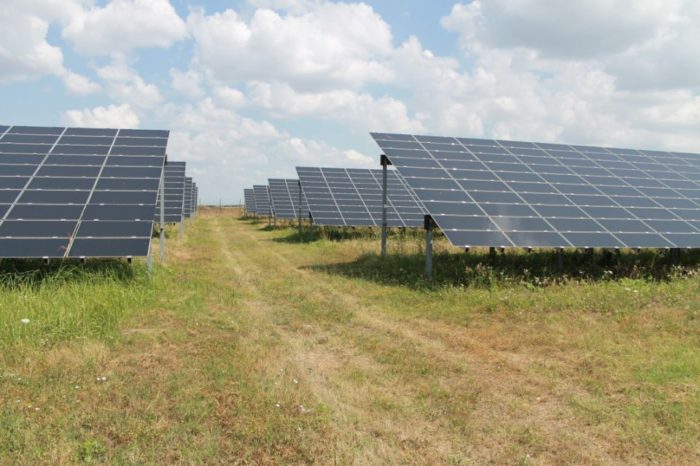EY: Businesses struggle to get to grips with climate risk disclosure

Businesses around the world are struggling to manage the reporting of climate risks and should consider taking urgent action in order to meet the requirements and expectations of regulators and investors, according to the latest EY Global Climate Risk Barometer report.
The report examines the efforts made by more than 1,100 organizations across 42 countries to publish their climate-related risks and opportunities, based on the recommendations set by the Task Force on Climate-related Financial Disclosures (TCFD). The TCFD was established to improve and increase reporting of climate-related financial information. Companies are scored for the number of recommended disclosures that they make (“coverage”) and the extent or detail of each disclosure (“quality”).
According to the report, only half of companies examined around the world (50 percent) make all recommended disclosures and therefore have full coverage; and on average, coverage is 70 percent. However, only 3 percent of companies reviewed meet the highest levels of quality and the average quality score is 42 percent.
Companies can be impacted by “transition risks,” stemming from changes in the economy and regulation brought about by climate change. For example, specific sectors may be subject to a carbon price; or “physical risks” as a direct result of changes in climate, such as the consequences of increased storms. The TCFD recommendations provide a framework that companies can use to report these risks and they include requests for information on governance, impacts on strategy and planning, risk management and metrics and targets.
In addition, the report reveals that only two-fifths (41 percent) of organizations reviewed globally have disclosed that they have conducted crucial scenario analysis – which is also a TCFD recommendation – to examine the likely scale and timings of particular risks and prepare for the worst-case outcomes. It also shows that only 15 percent of businesses reviewed feature climate change in their financial statements – suggesting that they lack robust data or that they have not yet worked through the likely impact on the bottom line. This low level of disclosure was addressed by the recent G7 agreement on steps to make climate reporting mandatory.
Laura Ciobanu, Manager, Climate Change & Sustainability Services, EY Romania: “Climate change is a defining problem of our time, with devastating effects felt in all parts of the world, and Romania is not exempted. Companies are already feeling the impact of climate change, with increasingly frequent flooding affecting assets, fires destroying raw materials or periods of drought affecting freight trafficking. Even companies that are not directly affected understand that they risk losing customers, employees and investors if they do not take action.
Thus, at a time when legislative pressures and public opinion are focused on decisive climate action, climate risks and opportunities should be the focus in companies’ development strategies. Although globally organizations are making progress in reporting climate risks, the quality of these disclosures is still poor and, at the local level, progress is even weaker, as many organizations still do not pay attention to identifying climate risks specific to operations owned or controlled, do not carry out a scenario analysis and do not make concrete commitments, based on scientific data, in line with the trajectory for limiting global warming to 1,5°C.
It is particularly important for the management of organizations to be aware that the risks associated with climate change are not only another reporting requirement, but are a business problem, with risks, but also associated opportunities, and to communicate to all stakeholders the commitments and how they manage the effects of climate change on the company, customers, employees and communities in which they operate.”
Disclosures vary dramatically by country, although the strongest and weakest performers have not changed over the three years in which the report has been published. Countries with mature markets where governments, shareholders, investors and regulators are actively engaged in the debate on climate risks tend to score most highly for coverage. Countries where mandatory regimes are due to come into force, for example the UK, score highly on the quality of their disclosures.
The report highlights a number of steps that companies can take to help ensure that they meet new disclosure requirements. These include ensuring that financial reporting is directly connected to climate risks and embedded into existing risk frameworks, rather than treating climate as a separate issue; and making climate-risk disclosures now rather than waiting for global reporting standards to be introduced.















